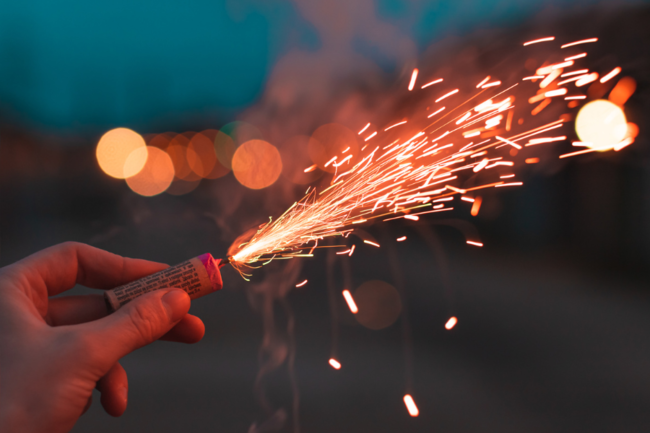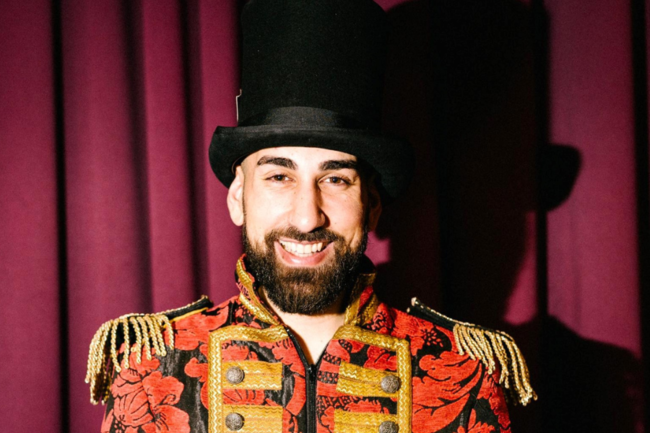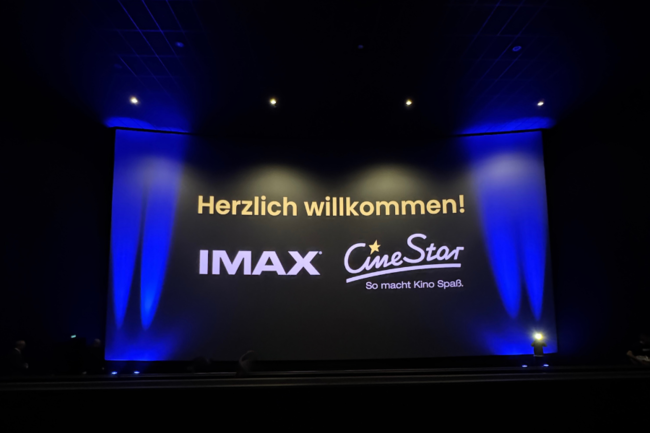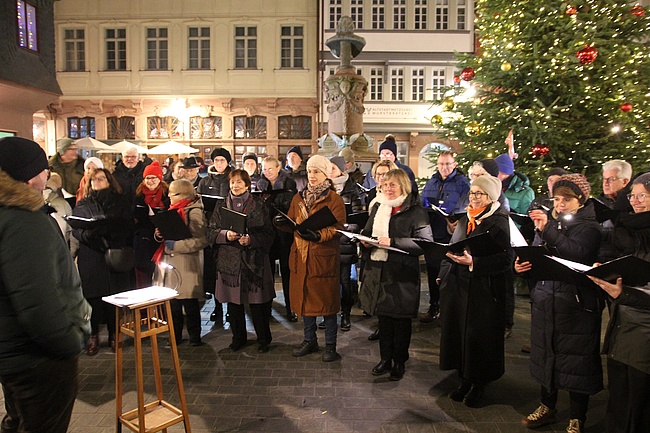Opening an exhibition under the restrictions imposed by a pandemic was a major challenge for the team at the Senckenberg Naturmuseum. But on the other hand, the exhibition "Edmond's Prehistoric Kingdom - A Dinogravure in Frankfurt" comes at just the right time. The fact that Germany has come through the crisis relatively well so far is due to the fact that there seems to be a great deal of trust in science in this country. And at Senckenberg, the focus is on communicating science and research. It should be communicated how it works - and this exhibition is a very good example of that. Research and science can be experienced up close at and in the Senckenberg Naturmuseum until 25 October.
For this purpose, a rock block of about 20 square metres full of dinosaur bones was brought to Frankfurt by sea from the USA earlier this year. At the museum, the Offenbach-based artists' collective YRD.Works then designed a temporary exhibition space that allows a team of paleontologists to dig for dinosaur bones in front of visitors and then prepare them under laboratory conditions. The "bonebed" recovered from the Lance Formation in Wyoming, rich in Edmontosaurus bones and other fossils, holds up to 1,000 finds - there really is a lot to discover. Among these finds are also tiny ambers or individual teeth, which can be analyzed due to the unusual excavation situation.
"Teeth are often a very good archive for information from the past," explains Prof. Dr. Andreas Mulch, Director of the Senckenberg Research Institute and Natural History Museum in Frankfurt. Together with colleagues from Goethe University, he is investigating the chemical composition of the enamel of Edmontosaurus teeth. Through isotope analyses, the researchers are gaining information about the environmental conditions and dietary habits of the duck-billed dinosaur.
This collaborative exhibition, put on jointly with the Wyoming Dinosaur Center Thermopolis, the Frankfurter Kunstverein, and with National Geographic, also brings a valuable object of the Senckenberg permanent collection into focus and is restaged in the process: the Edmontosaurus mummy, called Edmond. For more than 100 years, the Senckenberg Naturmuseum Frankfurt has been home to the fossil, which is important for science and - like the bonebed - comes from the Lance Formation in Wyoming. Because of its nearly complete skeleton and skin preservation, it is an important testimony to the appearance of dinosaurs.
The exhibit, and especially the part in the pavilion outside the museum, is meant to focus on the work of researchers* working at places like the Bonebed in Wyoming and at research institutions around the world to address scientific questions about the past that are also relevant to our future. In this case, the goal is to clarify what the ecosystem of Wyoming's dinosaurs was like in the late Cretaceous, nearly 70 million years ago, when atmospheric CO2 concentrations were much higher than they are today. How did the giant animals live and die, who ate whom, and what challenges did they face in their daily struggle for survival until the age of the dinosaurs ended with a thud 66 million years ago? Fifteen scientists* from eight research institutes are pursuing different methods and questions - from the origin of small ambers in sediment, to the study of charcoal, to the geochemistry of tooth enamel - to work together to reconstruct the ecosystem nearly 70 million years ago, understand it, and clarify the formation of the bonebed.
Actually, "Edmonds Urzeitreich - Eine Dinograbung in Frankfurt" was also supposed to be a hands-on exhibition, where visitors* would also be allowed to try their hand at an excavation themselves. This is now not possible due to the Corona restrictions - but Prof. Dr. Andreas Mulch hopes that this nice offer may be included in the exhibition visit in the course of the summer after all. But even so, it has become a very exciting show that is well worth seeing, bringing together science, research, art and digital in an entertaining as well as educational way.
The exhibition is on display at the Senckenberg Naturmuseum Frankfurt until October 25. For more info, visit: https://museumfrankfurt.senckenberg.en/exhibition/special-exhibitions/edmonds-urzeitreich/













